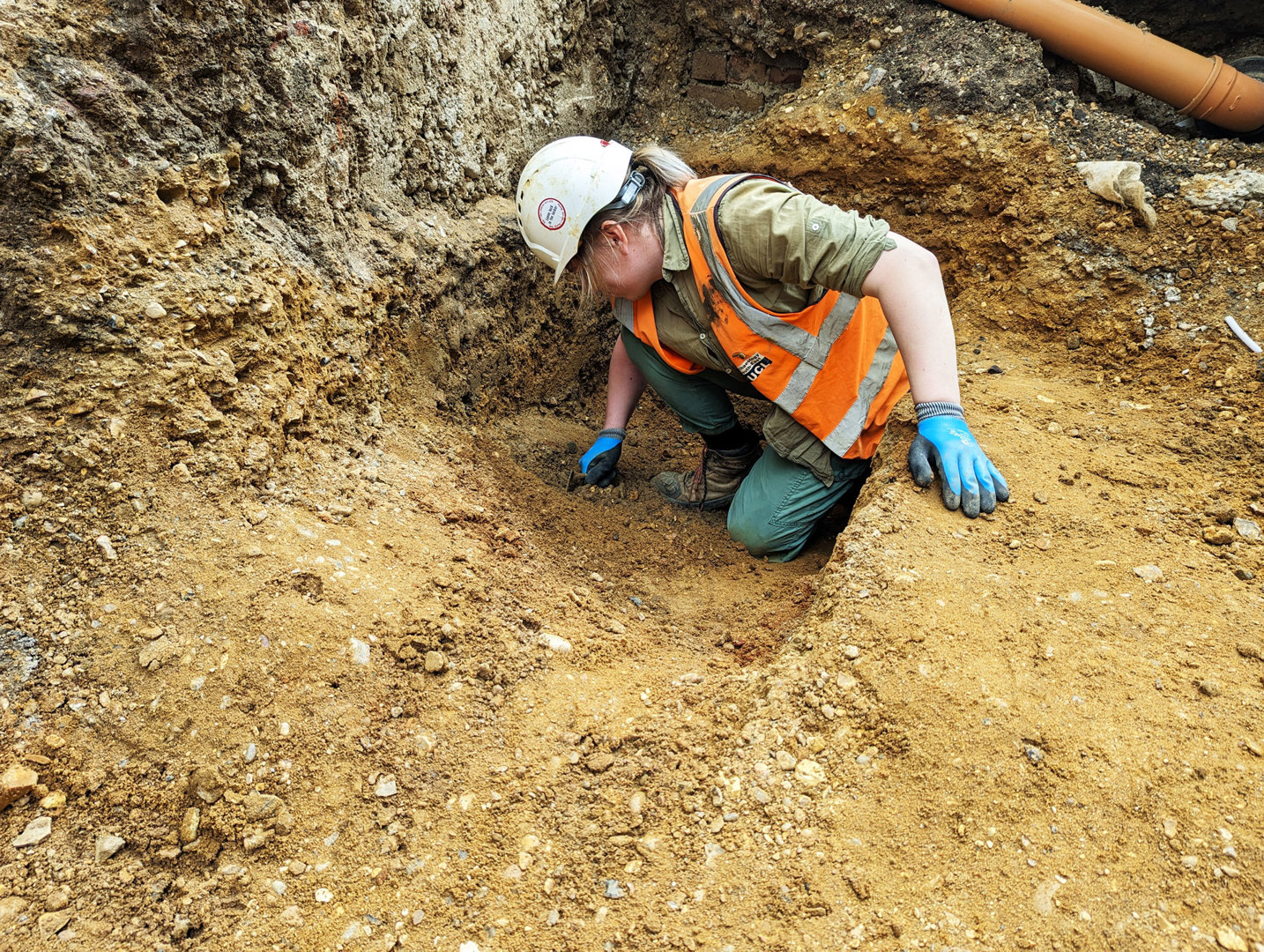Press enquiries
Imogen Sebba, Press Manager NG200, imogen.sebba@nationalgallery.org.uk
National Gallery Press Office on 020 7747 2865 or email press.external@nationalgallery.org.uk
Publicity images and alt text can be obtained from https://press.nationalgallery.org.uk/
Notes to editors
About the National Gallery
The National Gallery is one of the greatest art galleries in the world. Founded by Parliament in 1824, the Gallery houses the nation’s collection of paintings in the Western European tradition from the late 13th to the early 20th century. The collection includes works by Artemisia Gentileschi, Bellini, Cezanne, Degas, Leonardo, Monet, Raphael, Rembrandt, Renoir, Rubens, Titian, Turner, Van Dyck, Van Gogh and Velázquez. The Gallery’s key objectives are to care for and enhance the collection and provide the best possible access to visitors. Admission free. More at www.nationalgallery.org.uk
More information and book tickets for events at nationalgallery.org.uk
Twitter @nationalgallery
Facebook @thenationalgallery
Instagram @nationalgallery
YouTube @nationalgallery
Threads @nationalgallery
TikTok @nationalgallerylondon
Features and film are at nationalgallery.org.uk/stories
If you wish to support NG200 and the work of the Gallery you can find out more by visiting nationalgallery.org.uk/support-us. National Gallery Membership is another way to support us - not only does each Member enjoy access to all the Gallery has to offer, but also yearlong free entry to exhibitions, priority booking and exclusive events online and in-Gallery. nationalgallery.org.uk/membership
About Archaeology South-East
Archaeology South-East is the contracts division of the UCL Institute for Archaeology. We are a large team of professional archaeologists with three regional offices based in Sussex, Essex and London. Our team comprises field archaeologists, artefact and environmental specialists, surveyors and illustrators. We also have a historic buildings department and a team who carry out desk-based research of historical sources. We work with local communities and business clients to carry out investigations on projects such as road schemes, new business developments, pipelines, quarries and housing developments.
www.ucl.ac.uk/archaeology-south-east | Follow us on Facebook, Instagram, Twitter and LinkedIn | Watch our videos on YouTube | Listen to the Archaeology South-East Digs Deeper podcast on Soundcloud
About UCL – London’s Global University
UCL is a diverse global community of world-class academics, students, industry links, external partners, and alumni. Our powerful collective of individuals and institutions work together to explore new possibilities.
Since 1826, we have championed independent thought by attracting and nurturing the world's best minds. Our community of more than 50,000 students from 150 countries and over 16,000 staff pursues academic excellence, breaks boundaries and makes a positive impact on real world problems.
'The Times' and 'Sunday Times' University of the Year 2024, we are consistently ranked among the top 10 universities in the world and are one of only a handful of institutions rated as having the strongest academic reputation and the broadest research impact.
We have a progressive and integrated approach to our teaching and research – championing innovation, creativity and cross-disciplinary working. We teach our students how to think, not what to think, and see them as partners, collaborators and contributors.
For almost 200 years, we are proud to have opened higher education to students from a wide range of backgrounds and to change the way we create and share knowledge.
We were the first in England to welcome women to university education and that courageous attitude and disruptive spirit is still alive today. We are UCL.
www.ucl.ac.uk | Follow @uclnews on Twitter | Read news at www.ucl.ac.uk/news/ | Listen to UCL podcasts on SoundCloud | View images on Flickr | Find out what’s on at UCL Minds




